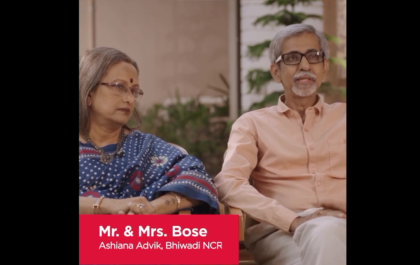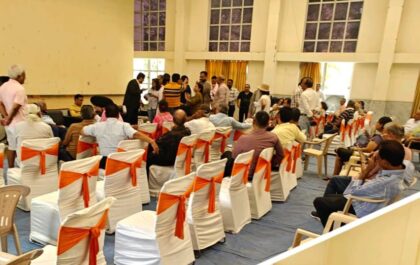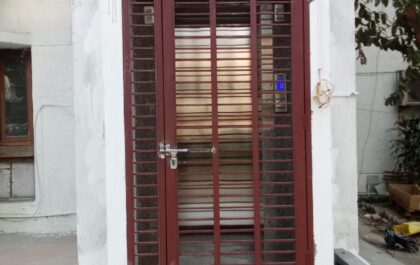Monsoon brings relief from sweltering heat, but it brings to us multiple reasons of concern and safety. Health issues, electrical hazards etc get increased during rainy season. But in this safety message, let us discuss basic precautions for safe driving during rains.
The most obvious part of your car during rains is the Wipers. Due to non-use, and heat during just concluded summers, the wipers might have become defective. Get new wipers, if required. The difference of outside and inside temperature, added with humidity, causes condensation on the windscreen reducing visibility. More people inside the car cause heavy condensation, and during rains you cannot open the windows. Turn on the heater and use the mode for air to be thrown on the windscreen. Having a flat tyre in a flooded road is another risky proposition. Keep the tyres inflated to required pressure, as it reduces chances of punctures. The electrical systems should be perfect and if there were any indication in previous weeks, get the electrical checked before monsoon. Defective electrical can even lock up your car with you inside. It helps to keep a hammer or a heavy metal item to break the window and escape, particularly if water level is rising all around. Switch ON the blinkers so that others can see your car.
We need to know how to manage the flooded roads where you cannot see the submerged road. Unless you are sure, never enter a subway which is already flooding to some extent. Flooded roads hide damaged parts, craters, holes, or bricks etc. A good way is to follow the car ahead and watch its movements. It will alert you to uneven roads. Try to stay towards the middle of the road. Extreme left is particularly risky, as caving in may happen due to improper compaction during construction and repairs in the past. Water can enter the exhaust pipe if water level in flooded roads is higher than the exhaust pipe. So, enter a flooded road with a good gap from the car in the front, keep a steady slow speed by keeping the accelerator constantly pressed. The outgoing exhaust gases will ensure water does not enter the exhaust pipe. The brake discs on wheels get wet in flooded roads. This reduces the braking effect. Once you are out of the flooded parts, on a relatively less crowded stretch, apply brakes suddenly a couple of times. This process helps in taking the water away from the disc by generating some heat. Be mindful of the traffic around while performing such sudden braking.
Foremost of all, during rains and flooding, drive at a slower speed than normal.Be careful on wet roads also, as braking does not give the same effect when roads are wet. Be careful and be mindful about others. Happy driving.
Popular Stories
“Senior Living Is Not An Old Age Home” say Mr & Mrs Bose
Fire Causes Major Financial Devastation
Water Scarcity Hits DLF Hard
Remarkable Mona Tuli Buddhiraja – Jewel Of Green Park
The Mystry Of Missing Porta Cabin
Lift in SDF 3C is Now Fully Operational!
Recent Stories from Nearby
- Independence Day Celebration In Anand Lok A Grand Success September 21, 2024
- GJCSCF Holds Talk On Cardiological Practices September 21, 2024
- Annual Meeting On Control Of Vector Borne Diseases & Fumigation In B3 September 21, 2024
- Government Officials in The Vicinity… A Boon or Bane? September 21, 2024
- Independence Day Celebrations in Sector A Pocket B & C: A Joyous Tribute to Freedom and Community Spirit September 21, 2024





